Pork Dinuguan
$64.00 – $94.00
Dinuguan is a classic Filipino dish known for its rich and savory flavor. It is often referred to as “chocolate meat” due to its dark color, although it doesn’t contain chocolate. The main ingredient of dinuguan is pork, typically pork belly or shoulder, although other parts such as intestines or liver may also be used.
Description
Additional information
| Size |
Full Tray, Half Tray |
|---|
Reviews (0)
Be the first to review “Pork Dinuguan” Cancel reply
Shipping & Delivery
Related products
Beef Caldereta
$70.00 – $98.00
Beef Kare-Kare
$70.00 – $98.00
Beef Kare-Kare is a traditional Filipino dish made with tender beef, vegetables, and a rich peanut sauce. It's often served with bagoong (fermented shrimp paste) on the side for an extra flavor kick. The beef is typically simmered until tender and combined with various vegetables like eggplant, banana hearts, and string beans. The peanut sauce is made from ground peanuts or peanut butter, annatto seeds for color, and other ingredients like garlic, onions, and shrimp paste for flavor. It's a hearty and flavorful dish that's perfect for sharing with family and friends.
Inihaw Chicken BBQ Fillet
$64.00 – $94.00
A Chicken BBQ Party Tray offers a delicious assortment of grilled chicken pieces, marinated in flavorful spices and barbecue sauce. Perfect for gatherings, it's served with garnishes and optional sides like barbecue sauce, coleslaw, and grilled vegetables for a mouthwatering feast that's sure to please every guest.
Lechon Roll
$95.00 – $198.00
Cabizerra's Lechon roll is a variation of the traditional Filipino dish, lechon, which is a whole roasted pig. In lechon roll, instead of roasting a whole pig, the meat is rolled and roasted with a filling, resulting in a flavorful and visually appealing dish. This is served with Sarsa and Atsara.
To make lechon roll, a boneless cut of pork belly or pork loin is typically used. The meat is marinated in a mixture of herbs, spices, and seasonings, which may include garlic, onions, lemongrass, soy sauce, and vinegar, among others. Sometimes, the meat is also rubbed with a paste made from ground herbs and spices for extra flavor.
Pancit Malabon
$60.00 – $70.00
Pancit Malabon is a popular Filipino noodle dish that originated in Malabon City, Philippines. It's known for its thick rice noodles (bihon) that are stir-fried with a flavorful sauce and topped with an array of seafood, meat, and vegetables.
Pancit Malabon is a festive and colorful dish, often served during special occasions and celebrations in the Philippines. Its combination of flavors and textures makes it a favorite among locals and visitors alike.
Pancit Mix
$55.00 – $65.00
Cabizerra's unique version of Miki bihon is another Filipino noodle dish that combines two types of noodles: miki noodles and bihon noodles. Miki noodles are thick egg noodles, while bihon noodles are thin rice vermicelli noodles. The combination of these two noodles gives miki bihon its unique texture and flavor.
Miki bihon is typically garnished with sliced green onions and calamansi or lemon wedges before serving. It's a delicious and satisfying noodle dish that's enjoyed by many for its rich flavor and hearty texture.
Special Buko Pandan
$10.00
Buko Pandan is a popular Filipino dessert that combines two main ingredients: buko (young coconut) and pandan-flavored gelatin. It's a refreshing and creamy dessert that's often served at parties, gatherings, and special occasions in the Philippines. Buko Pandan is often served chilled and garnished with additional shredded coconut or a drizzle of condensed milk on top. Its combination of creamy coconut, aromatic pandan, and chewy gelatin makes it a delightful and refreshing treat enjoyed by many Filipinos.
Special Pandesal
$8.00
Pandesal is a traditional Filipino bread roll that is a staple in many households and bakeries throughout the Philippines. It is a small, soft, and slightly sweet bread roll that is typically enjoyed for breakfast or as a snack, often paired with coffee or hot chocolate.
The name "pandesal" comes from the Spanish words "pan de sal," which translates to "bread of salt." However, despite its name, pandesal is not actually salty; it's more commonly slightly sweet, with a mild flavor.
Freshly baked pandesal is best enjoyed while still warm from the oven, with its soft and fluffy texture and slightly crusty exterior. It's often eaten plain or with a spread of butter or margarine, and sometimes paired with cheese, jam, or other fillings for added flavor.
Pandesal holds a special place in Filipino culture and cuisine, and it's a beloved comfort food that brings back fond memories of home for many Filipinos.
1 Dozen (12pcs)





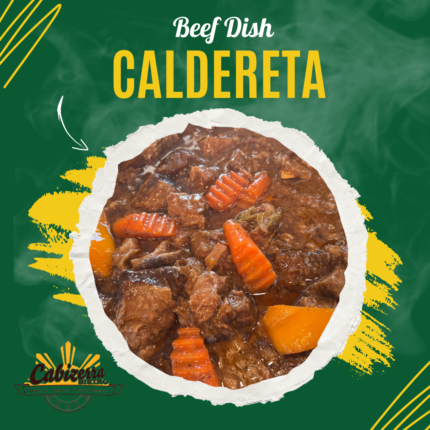
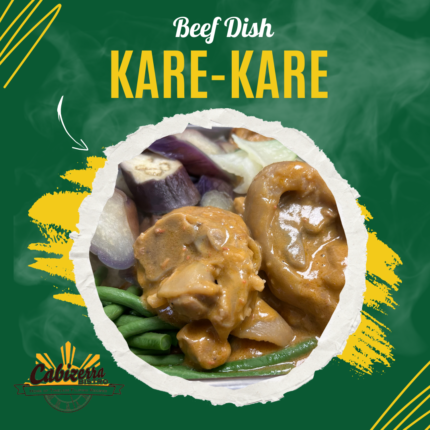
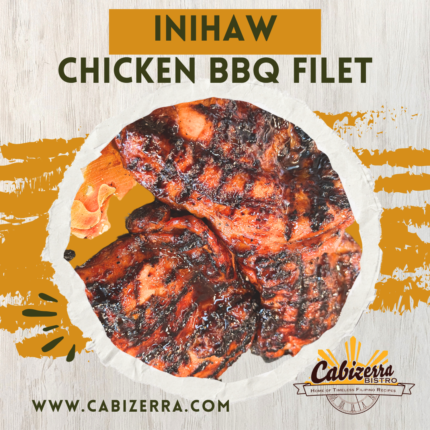
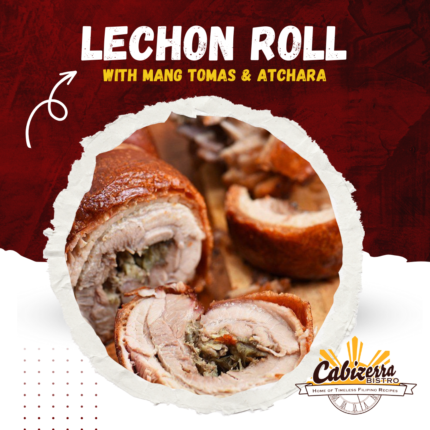
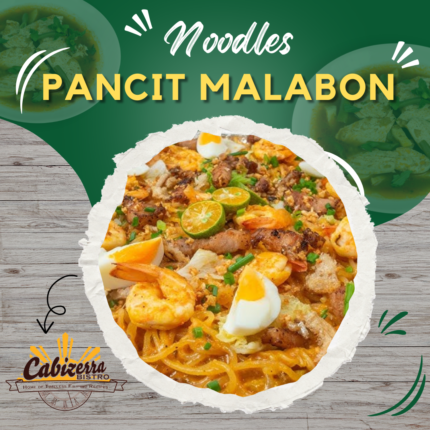
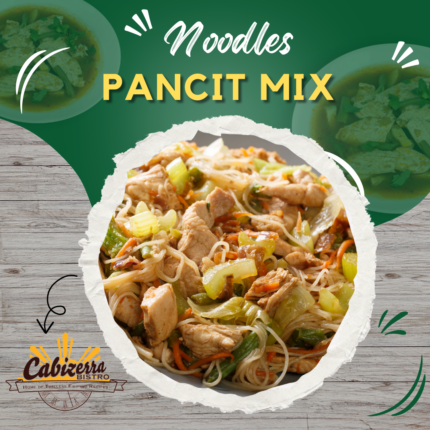
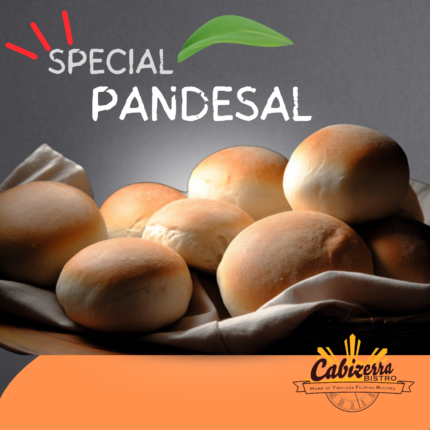
Reviews
There are no reviews yet.